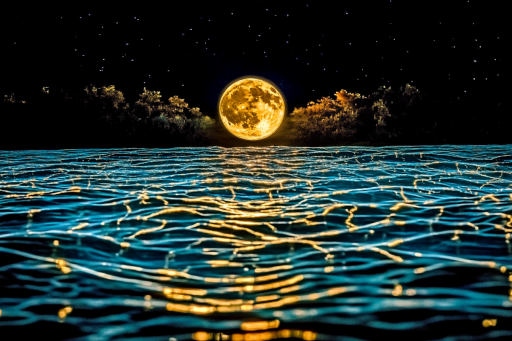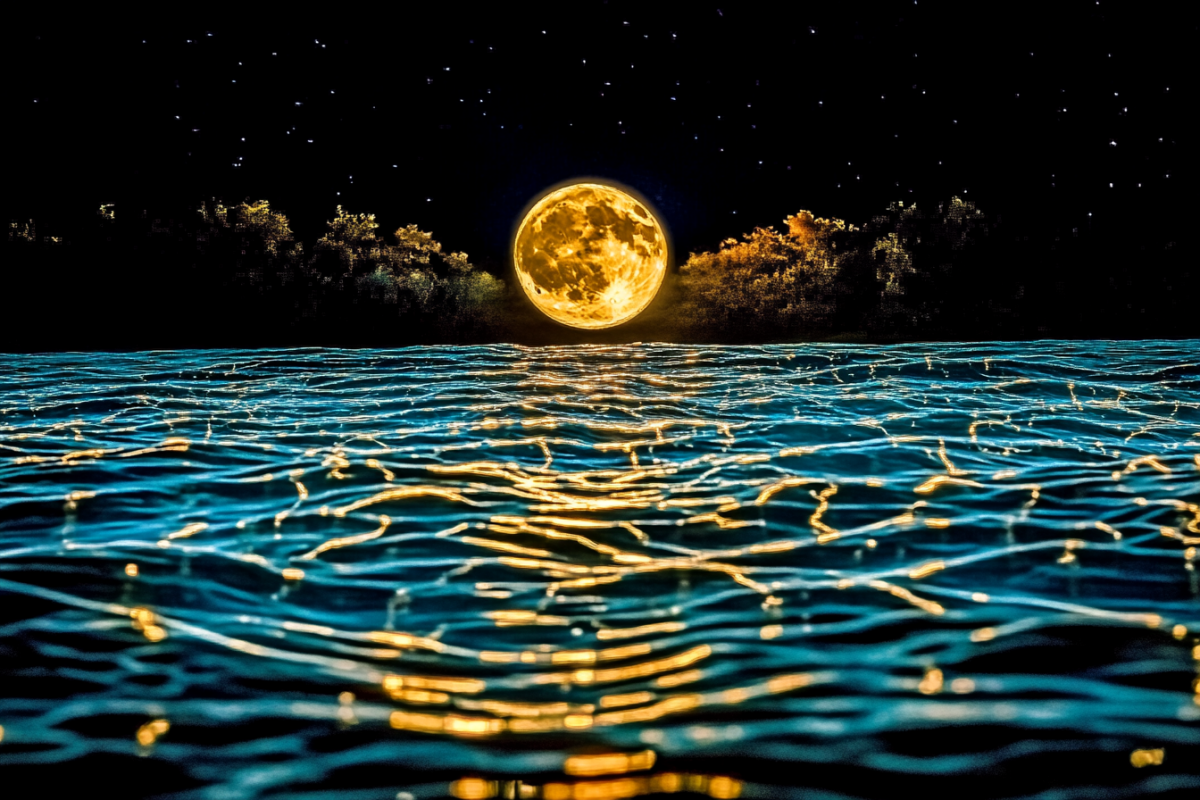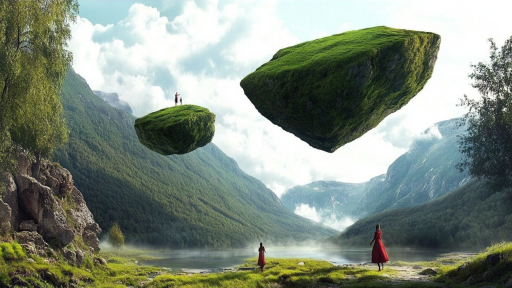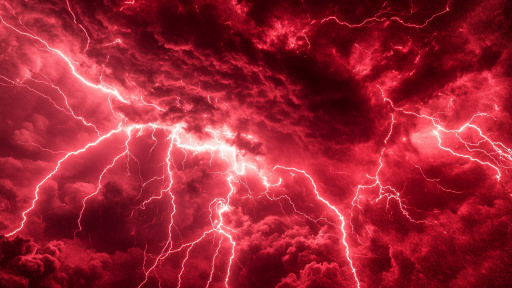
The Moon has shaped life on Earth for billions of years, but some of its effects remain a mystery. While we know it controls the tides, its influence extends far beyond the ocean, affecting weather, animal behavior, and even human emotions. Some of these connections are backed by science, while others remain unexplained, leaving researchers searching for answers. The more we study the Moon, the more we realize its reach goes far beyond what we once thought possible.
The Moon’s Mysterious Effect on Sleep

Some studies suggest that people sleep worse during a full moon, even when they can’t see it. Researchers have found that deep sleep cycles shorten, and it takes longer to fall asleep, despite no difference in light exposure. The cause remains unknown—some believe it’s evolutionary, while others think the Moon’s gravitational pull may affect our bodies in ways we don’t yet understand. Whatever the reason, restless nights under the full moon are more than just superstition.
The Lunar Influence on Earth’s Magnetic Field

The Moon doesn’t just control tides—it tugs at the Earth’s magnetic field as well. This interaction creates subtle shifts in the magnetosphere, which can impact everything from animal migration to electronic communications. Scientists are still exploring how these fluctuations affect life on a deeper level, but early findings suggest our planet’s invisible shield is far more connected to the Moon than we once believed.
The Moon and Unusual Animal Behavior

From coral spawning in sync with the full moon to wolves howling more frequently, animals seem to react to lunar cycles in strange ways. Even some predators, like lions, hunt more aggressively under certain moon phases. While some of these behaviors are linked to increased brightness at night, others have no clear explanation. The Moon may act as an unseen clock for many species, guiding them in ways we can’t yet measure.
The Moon’s Link to Earthquakes

Some scientists have noticed a pattern—major earthquakes often occur when the Moon is closest to Earth. This phenomenon, known as the “lunar tidal triggering hypothesis,” suggests that the Moon’s gravitational force may place extra stress on tectonic plates. Though not all geologists agree, historical records show eerie coincidences between the Moon’s position and seismic activity. Could the Moon be more involved in Earth’s shifting crust than we realize?
How the Moon Might Affect Human Emotions

For centuries, people have believed that the Moon influences emotions, and modern research is beginning to explore the possibility. Some psychiatric hospitals report higher incidents of erratic behavior during full moons, while crime rates in some places seem to rise. The word “lunatic” itself comes from the Latin luna, meaning Moon, suggesting this belief has deep historical roots. Whether real or imagined, the idea that the Moon stirs human emotions refuses to fade.
The Moon’s Role in Slowing Down Earth’s Rotation
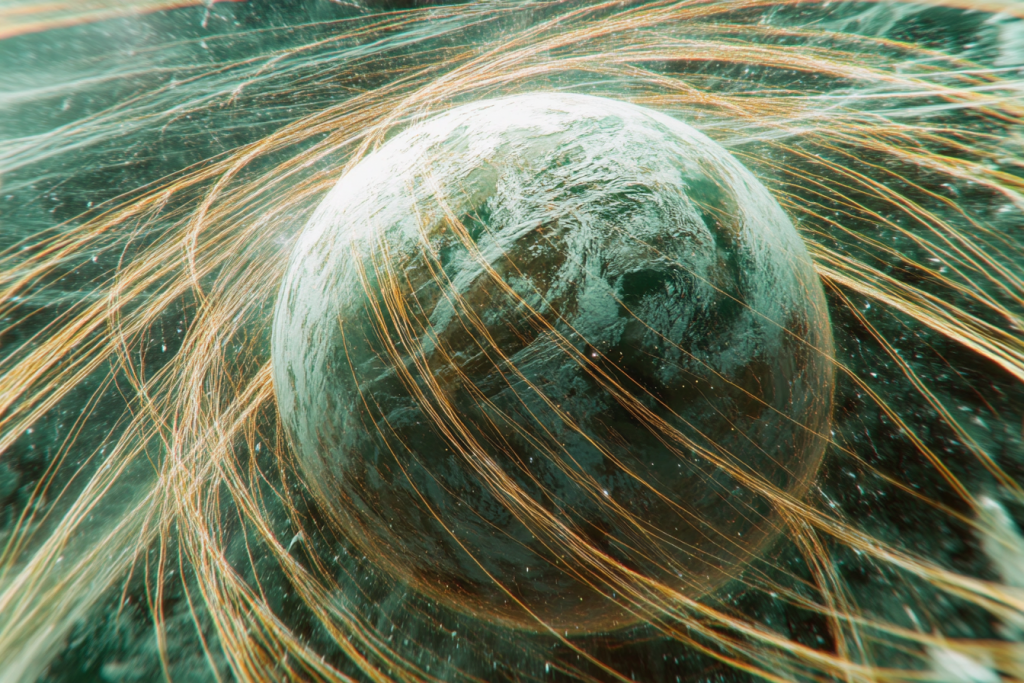
Millions of years ago, Earth’s days were much shorter, but thanks to the Moon’s gravitational pull, our rotation has been slowing down. This process continues today, with days lengthening by tiny fractions of a second each year. While the change is imperceptible to us, over millions of years, it has dramatically shaped life on Earth. Without the Moon’s braking effect, the planet might be spinning too fast for life as we know it.
The Strange Relationship Between the Moon and Volcanoes

Some volcanologists believe that volcanic eruptions are more likely to occur during certain moon phases. The theory suggests that the added gravitational strain may influence magma movement, making eruptions more likely when the Moon is closest. While not universally accepted, studies have found intriguing correlations between lunar cycles and increased volcanic activity. If true, the Moon may be shaping Earth’s fiery core in ways we never imagined.
Does the Moon Affect Blood Flow?

Because the Moon affects ocean tides, some scientists wonder if it also influences the fluids in our bodies. Some alternative medicine practitioners claim that surgical outcomes, menstrual cycles, and even blood pressure fluctuate with lunar phases. While mainstream science hasn’t confirmed a direct link, the idea that the Moon’s gravitational force subtly pulls at our internal fluids remains a fascinating possibility.
The Moon’s Secret Role in Weather Patterns

Recent studies suggest that the Moon may influence weather patterns by slightly altering atmospheric pressure. This effect is subtle but may impact long-term climate conditions, particularly rainfall levels. Farmers and sailors have long relied on lunar cycles to predict the weather, and modern science is beginning to catch up. The connection between the Moon and Earth’s climate is far from fully understood, but it’s clear that lunar forces shape our skies.
Lunar Cycles and Plant Growth

Some ancient farming traditions suggest that crops grow better when planted according to the phases of the Moon. Even today, certain farmers swear by lunar planting calendars, claiming improved yields when they follow this method. While science has yet to prove a strong link, some experiments show slight variations in seed germination under different moon phases. Whether folklore or fact, the Moon’s pull on plant life remains an intriguing mystery.
Could the Moon Have an Effect on Consciousness?

Some researchers suggest that human consciousness may be subtly influenced by the Moon, much like ocean tides. Ancient civilizations used lunar cycles for spiritual practices, believing that certain phases heightened intuition and altered perception. Even today, some people report feeling more introspective or energized during full moons. While science has yet to explain this, the possibility that the Moon affects more than just the physical world is a mystery waiting to be unraveled.
The Moon’s Influence Goes Deeper Than We Know
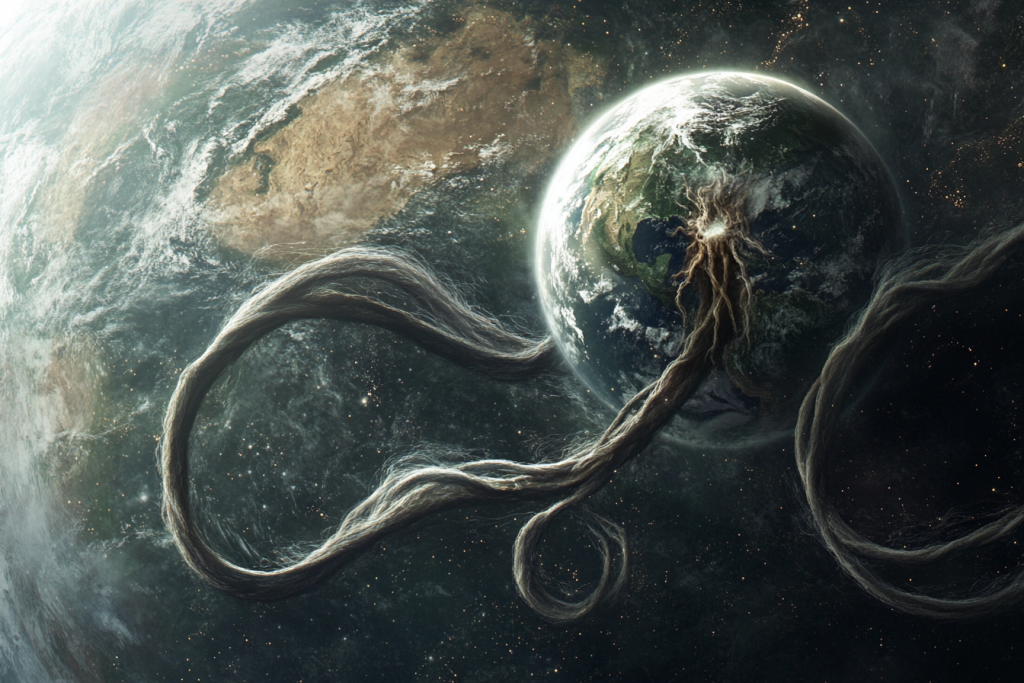
The Moon is far more than a lifeless rock in the sky—it is an active force shaping our world in ways we don’t yet fully understand. From our emotions to the movement of the planet itself, its reach extends beyond what we can measure. Some of these effects are scientific, while others remain mysterious, waiting for discovery. The question remains: how much of our world, and ourselves, is quietly shaped by the Moon?

